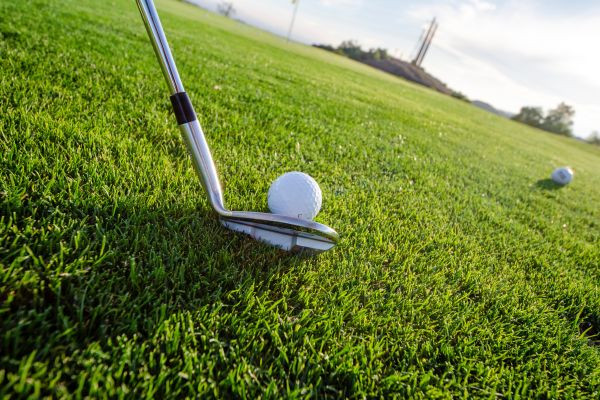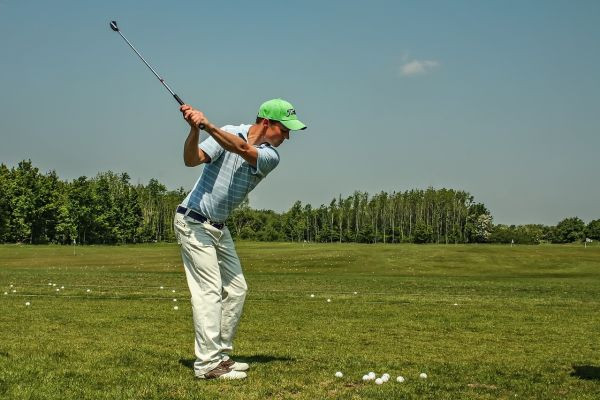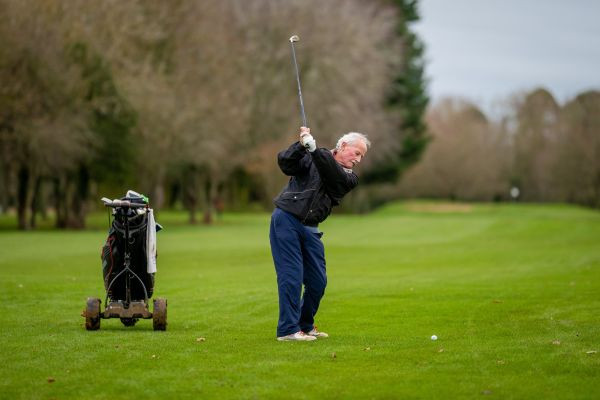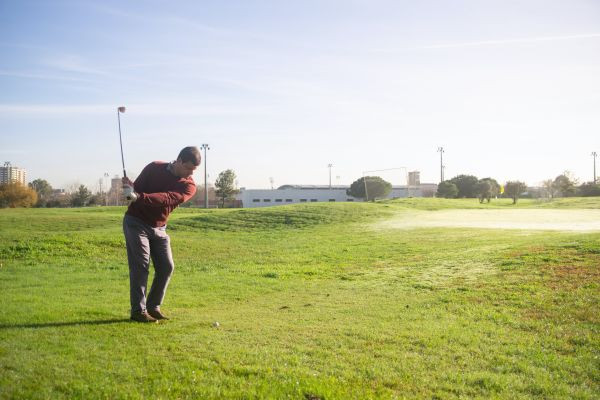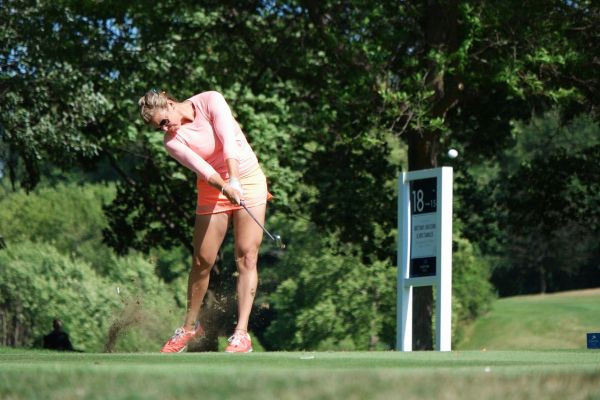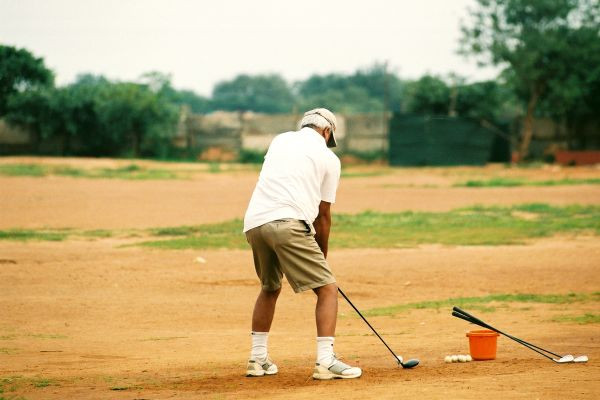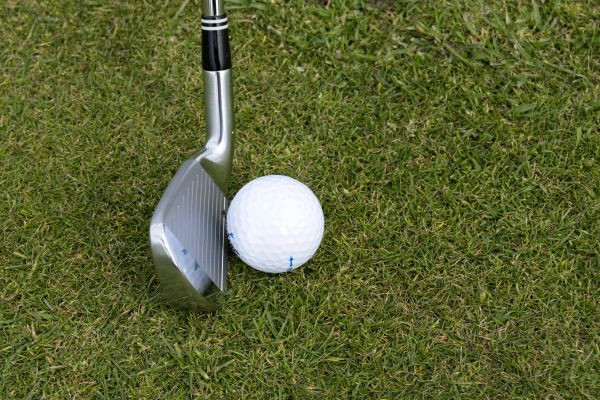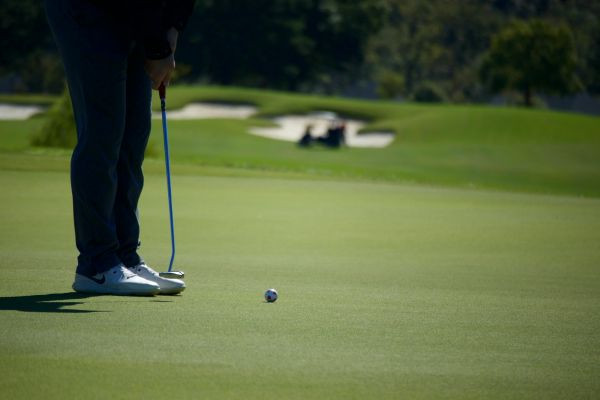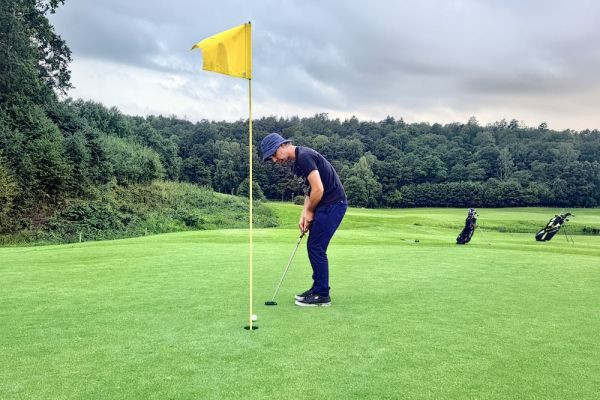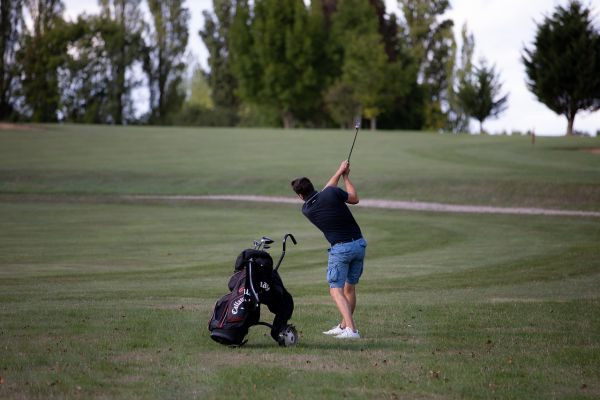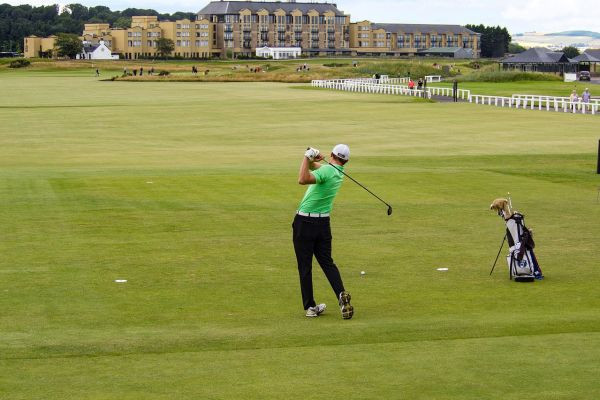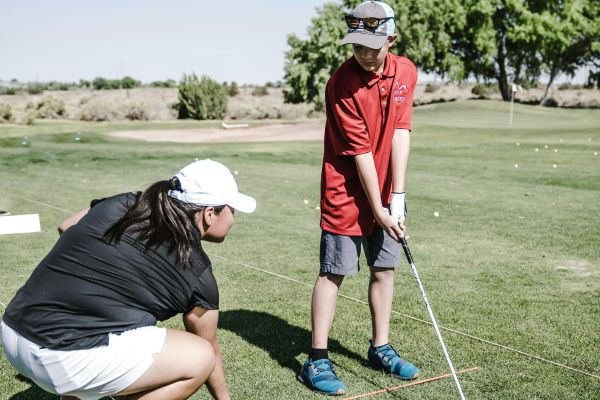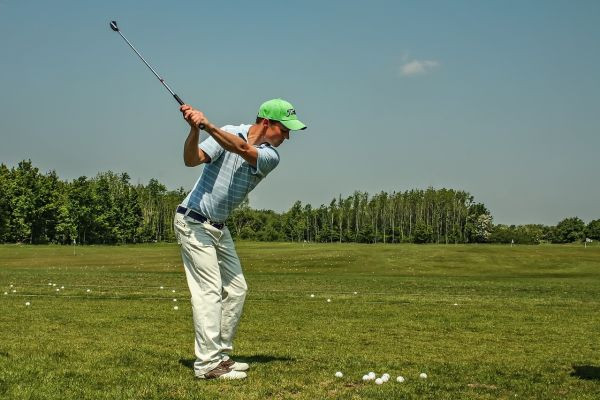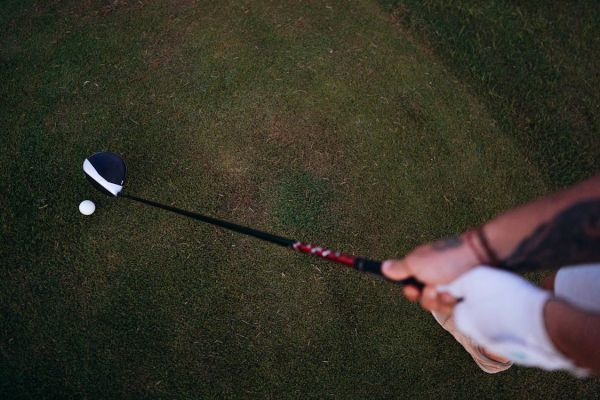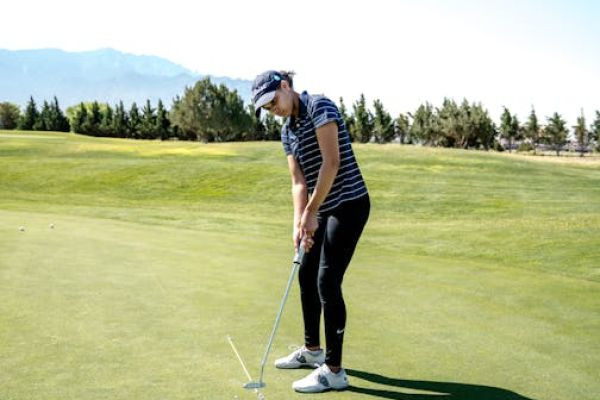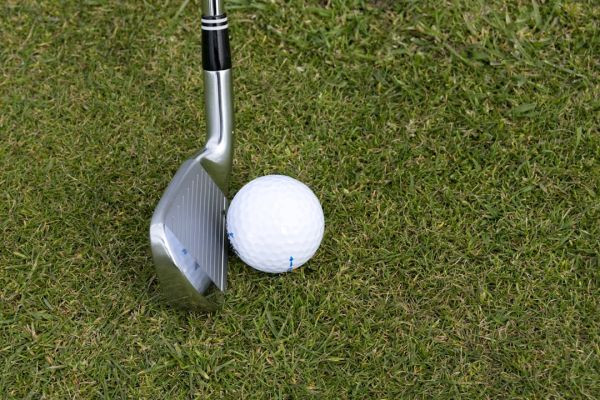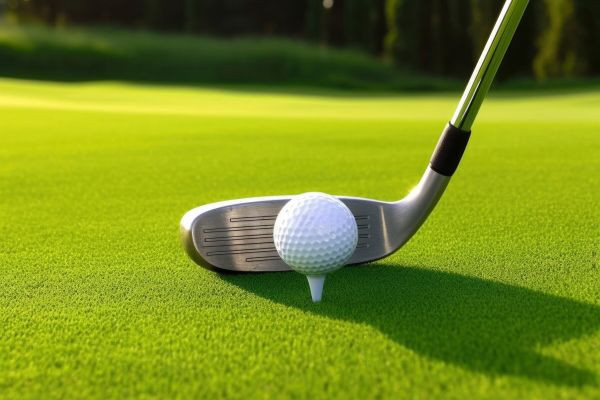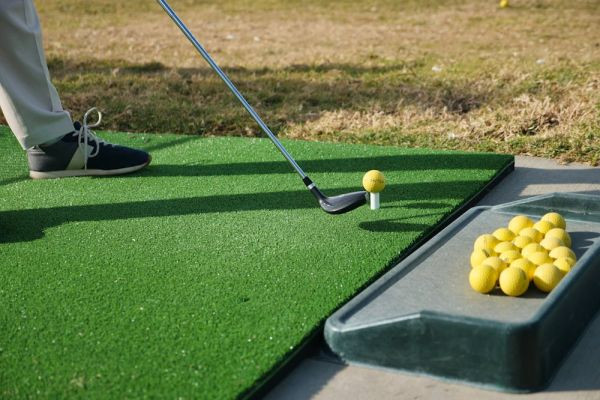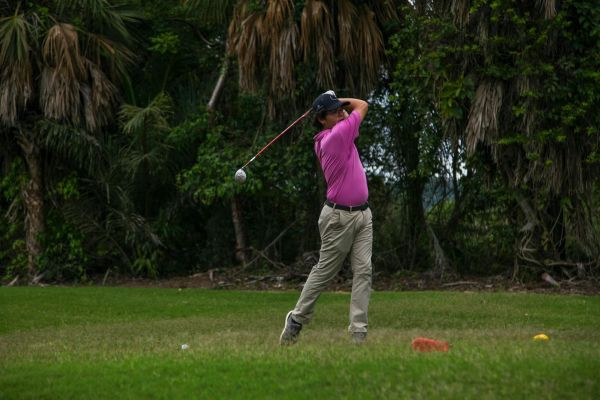Alternative Golf Techniques The Definitive Guide to the A-Swing
Mastering your golf swing involves tweaking and refining your technique across different styles and drills. However, some players prefer overhauling their swinging style and replacing it with a new te..

Mastering your golf swing involves tweaking and refining your technique across different styles and drills. However, some players prefer overhauling their swinging style and replacing it with a new technique. The A swing has become an alternative that many golfers switched to and observed long-term benefits.
Renowned golf instructor David Leadbetter created and named this swing back in 2015. Since then, many professionals and tour competitors have included it in their swing repertoire and experienced considerable success.
Today, we take a deep dive into this unconventional technique and see if you can add it to your swinging arsenal.
The A Swing: Grasping the Basics and its Mechanics
Leadbetter designed the A swing to offset the running risk of over-the-top shots and inconsistent downswings. These issues continue to plague many golfers, and alternatives like the A swing are the way out for many players.
One of the main distinctions that sets apart the A swing is the way it utilizes an outside swing. Most standard golf swings use a more inside swing, especially when you begin executing the backswing. With the A swing, you stick to a swinging path inclined outwards more than traditional swings.
During the backswing the club is positioned towards the side of the ball, which's different from traditional swings where the club stays aligned with the target.
The downswing occurs with a shallower angle meaning that the club's swing is closer to your body compared to other swings.
The main objective is to reduce any resistance from forces during the downswing. This helps maintain stability in your club and improves accuracy when hitting the target. Many experts believe that once mastered the A swing offers more precise execution than traditional swings.
What the A Swing Offers
One of the advantages of using the A swing is that it minimizes over the top swings resulting in precise and controlled shots.
Average golfers often struggle with over the top swings even while mastering techniques. This leads to swinging off their intended plane causing an erratic motion. As a result, they end up striking the ball with an off-center clubface and producing shots that veer significantly in one direction.
The ball tends to curve quite a bit to the left or right due to poorly timed and uneven contact.
The unique backswing of the A swing allows for a shallower and more controlled swing. This precision and efficiency in movement reduce the chances of swings that negatively impact both power and direction of your shot.
Criticisms Leveled Against the A Swing
No swinging technique is free of flaws or shortcomings. And the A swing is no different when it comes to its drawbacks.
The A swing requires a specific outside-to-inside motion when descending on the downswing. And many golfers risk turning and flattening the clubface too much when bringing the club down. Preventing this over-compensating motion takes a lot of practice and familiarity with the shot. So, golfers still learning to master the A swing may mishit many shots owing to this excessive flattening on the downswing.
Finding the balance between a swing without overcompensating on the downswing can be quite challenging with the A swing. Critics of this technique often express concerns about its steep learning curve, which may prove too demanding for most golfers.
The A Swing Vs. Conventional Techniques

When comparing the A Swing to other techniques, standard golf swings typically focus on developing a consistent plane during the downswing. Many instructors emphasize maintaining a plane for golfers who are still refining their swing.
The advantage here is that once golfers become accustomed to these movements they can consistently replicate a swing plane. That's why both beginners and experienced players generally prefer sticking to a swing that follows a familiar plane on the downswing. However with the A swing there is an emphasis on adopting a shallower and tighter swing, which may initially seem counter intuitive especially if you're accustomed to traditional techniques.
Beginners often face the challenge of slicing the ball upon impact because they haven't yet mastered the swinging motion.
Nevertheless golfers who are familiar with the A swing argue that executing it correctly leads to greater accuracy and power compared to traditional swings. The main hurdle in transitioning from a swing to an A swing is the learning curve.
The Contrast with Professional Golfing Techniques
It's common to observe golfers developing unique styles and techniques in their swings. These techniques often involve a combination of preferences. They do this while adapting to specific competition or course requirements.
However there are elements in every competitive golfer's swing. Firstly their address and starting stance always exhibit balance. Secondly their backswings remain consistent and controlled while the downswing follows a fluid motion that generates power without compromising control. Lastly, there is always a rotation of hips and legs throughout the swing, including at the point of contact with the ball and during the follow-through.
One remarkable aspect of professional practice is how they customize their swings.
You may observe that professional golfers often make adjustments to their swing to capitalize on their strengths. For example one golfer might focus on achieving balance and coordination in their swings while another thrives on using strength and power in their drives. One limitation of the A swing is that it doesn't offer room for personalization or modification.
However the common factor between the A swing and other professional swings lies in their predictability and consistency. The sequence of movements from address to follow through is finely tuned so that it appears identical on every swing. The results remain consistent because the execution is predictable.
Techniques Beyond the 'A Swing'
Beyond the 'A Swing' there are techniques for golfers who struggle with traditional swings. One popular alternative is the Top Speed Golf system, which many amateurs have adopted to enhance their swings. This technique, sometimes referred to as "Shallow to Square," was developed by renowned instructor Clay Ballard and offers benefits similar to Leadbetter's A swing, in some aspects.
This style relies on executing two essential elements well on every shot. Players focus on shallower motions during the downswing (similar to the A swing). Then, they maintain precise control and squaring up of the clubface during contact with the ball.
The drills and practice shots revolve around these two aspects of the A Swing. So, you'll work on body rotation, correct stance, and mastering the swing for maximum and accurate impact. The more straightforward concepts of the Top Speed Golf system make it more appealing to a broader range of golfers worldwide. Also, the uncomplicated drills and accessibility make it ideal for newer golfers looking to refine their game with more polished exercises.
Essential Elements to Master in Any Swing
Players can choose between the A swing, the Top Speed Golf technique, or any other swinging technique available today. However, developing sound fundamentals remains a critical aspect of mastering any technique.
All these swinging techniques rely on the basic tenets of a good swing. These elements include a balanced stance, correct posture, a stable swing, accuracy at impact, confident follow-through, etc. So, you'll find these non-negotiable aspects of a good swing present in any suitable technique, regardless of whether it's the A swing or some other alternative.
Professionals ensure that fundamentals like grip and body rotation remain seamless before using new techniques. A reliable mastery of these basics allows the golfer to incorporate the latest technique in a consistent and result-oriented manner.
Golf Techniques with a Personal Touch
Golfing does not exhibit much diversity in technique to the untrained eye. However, seasoned players know that the universal basics of a good swing take different forms in different players.
Professionals will often add tweaks and adjustments that harness the advantage of their natural talents and abilities. Other times, they may choose techniques that cater to their specific strengths or compensate for particular weaknesses in their game.
For instance, many golfers find the parallel plane of a traditional swing challenging to replicate. They may get it right a few times and suddenly revert to an inaccurate swing. For such golfers, the shallow plane of the A swing may provide just the right motions needed to hit those powerful drives accurately. On the other hand, golfers who have developed robust fundamentals of stance and swing may find more success with standard techniques.
Extended periods of learning, practice, and performing drills can help you make these tweaks in your game. Getting an instructor to guide you is always helpful. Other times, a second or third opinion from a seasoned player can draw out the right insights in improving your game.
Take note of any chinks in your game or specific strengths you may possess. Adjustments to the A swing or the Top Speed Golf style will depend on your natural capabilities and shortcomings. Also, there are modifications required as you age or develop your game. So, do not expect to have the same swing for the rest of your life.
The Prospects of Swing Styles in the Future
Undoubtedly, more efficient and meticulous swing techniques will appear in the future. These developments are inevitable as more players pick up the game and more talents enter the industry.
You can expect new techniques that leverage the power of modern technology and data-based training systems.
Golfing tech that provides real-time feedback on your swing is already making waves in the industry. And such technology will only develop to include more accuracy and coverage.
Closing Note
No single swing technique is universal or a perfect fit for every golfer out there. The A swing is a more unconventional but intuitive approach to perfecting your swing. Alternatively, traditional swing techniques remain excellent systems for many beginners and professionals.
Do not dive blindly into any system simply because it works for another player. Closely study each technique and see if it suits your natural abilities, frame, and inclinations.
Picking up a technique with proper instruction and timely dedication will ensure proficiency regardless of whether it’s the A swing or an alternative approach.
FAQs
Will the A swing work for everyone?
No. The A swing is a particular technique that leverages consistent yet shallow swings for power and accuracy. Players who suffer from overcompensating their shots on the downswing may struggle with this approach. It's wise to consult a seasoned player or instructor who can study your game and recommend specific styles.
What is the A swing’s main objective?
The A swing comes designed to help you address the problems of inside-to-outside swings that compromise accuracy and control. The unconventional backswing and shallow downswing help you generate more power while maintaining accuracy during impact.
What are some risks associated with the A swing?
A typical risk swing golfers face is the tendency to flatten the clubface excessively. This flaw appears because the golfer is not accustomed to balancing the club on a shallow swing. Alternatively, it may also happen because of the unusual position of the clubhead during the backswing’s apex position.
What's an excellent alternative to the A swing technique?
Apart from the A swing, there are many other styles and approaches to developing your swing. But systems like the Top Speed Golf style by Clay Ballard remain a popular alternative thanks to their compatibility with traditional swing mechanics and conventional manners.
What separates the A swing from other techniques?
The A swing takes a more outside-to-inside motion, making it shallower than standard golfing swings. During the backswing, the clubhead also assumes an unconventional position (pointing to the right of the target), which helps you execute a sharper swing on the descent. The final swinging motion and path for A swing is shallower and "feels" faster than a drawn-out, conventional golf swing.
How can I find out if the A swing is right for me?
The wisest move to choosing a swinging technique is to get an expert or experienced player to study your game. If you do not have access to such expertise, you can figure it out through practice, experimentation, and trial and error. Notice how the style feels and whether your body responds naturally to the shallow swing. Does the clubhead feel awkward when pointed away on the backswing? Ask these questions and study the changes in your game over time to conclude whether the A swing fits your style.



